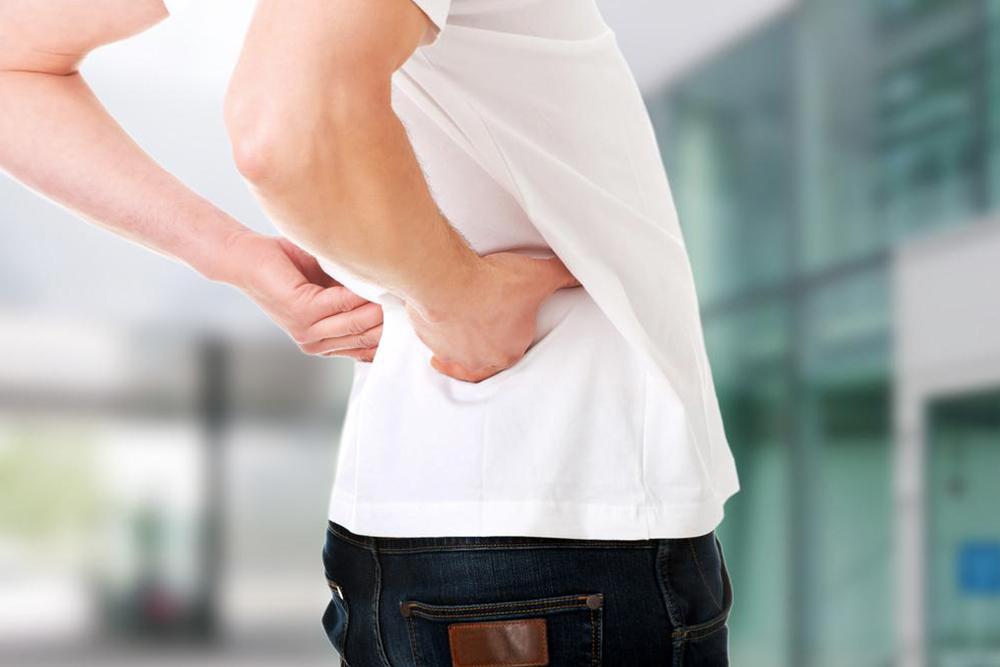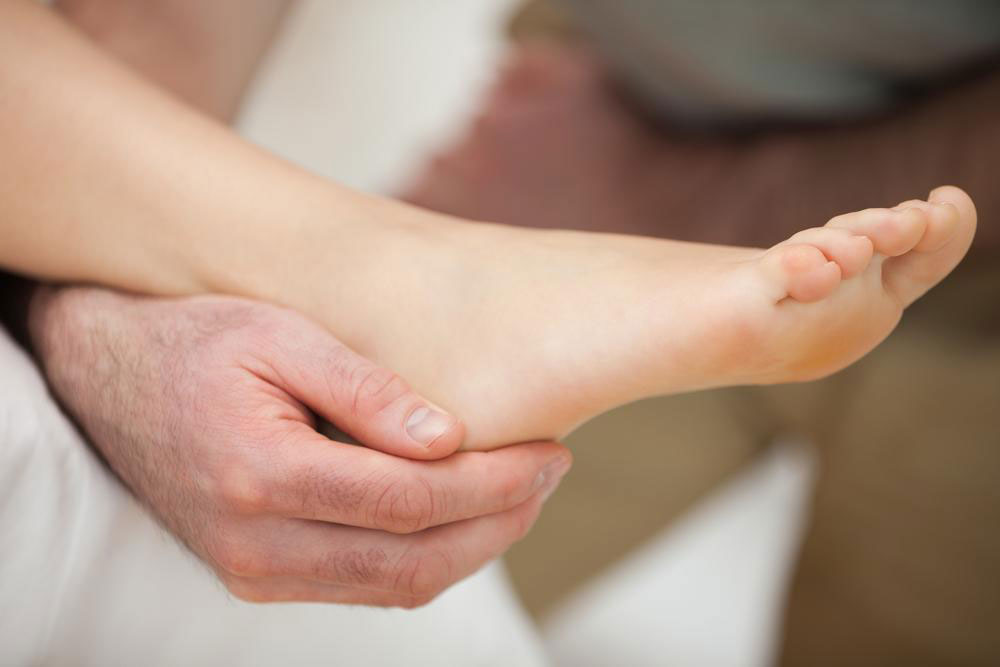Understanding Sciatica: Causes, Symptoms, and Management
Sciatica is caused by nerve compression, leading to pain in the lower back, buttock, and leg. Symptoms include numbness, tingling, and sharp pain. Management involves posture correction, gentle exercises, and, in severe cases, injections or surgery. Early diagnosis and treatment can prevent worsening and improve quality of life.

Understanding Sciatica: Causes, Symptoms, and Management
Sciatica is characterized by discomfort resulting from compression or pinching of the sciatic nerve. This pain typically manifests in the buttock, thigh, or lower leg. The sciatic nerve forms when multiple smaller nerves exit the spinal cord, passing through the vertebrae of the spine. These nerves merge to create the large sciatic nerve, traversing the thigh, buttock, and leg regions.
Common Symptoms of Sciatica
Symptoms include sharp pain starting from the buttock and radiating down the leg and thigh.
Additional signs include:
Numbness in the leg, thigh, and buttock.
Feelings of pins and needles or tingling sensations.
Sharp, shooting pain that hampers standing.
Lower back pain that worsens when sitting.
Loss of bladder or bowel control.
Sciatica often impacts only one side of the body. The pain may extend to the toes and fingers depending on the affected nerve. The condition can significantly impair mobility and daily activities. In some cases, episodes are infrequent but bothersome. If you experience these symptoms, seek medical advice promptly, as untreated sciatica can worsen. Activities like laughing, sneezing, or coughing may trigger sudden pain. Bending or stretching can aggravate the condition.
What Leads to Sciatica?
Inflammation of hip muscles.
Spinal injury or tumors in the spinal area.
Degeneration of lumbar discs due to aging.
Osteoarthritic changes in the lower back contributing to nerve compression.
Managing Sciatica
Complete bed rest is not advisable. Instead, gentle activity and targeted exercises, preferably in water, can help reduce pressure on the lower back.
Additional management tips include:
Maintaining correct posture.
Sleeping on a firm mattress.
Avoiding heavy lifting and bending.
Using chairs with good lumbar support.
Changing sitting positions periodically.
Lowering weight if overweight or obese.
In severe cases, injections may be necessary to alleviate pain, or minor surgical procedures might be considered. However, post-surgery, symptoms may recur. Some patients experience sudden pain episodes triggered by movement or strain.
Important Reminder:
This blog provides informational content based on research but should not replace professional medical advice. Always consult a healthcare provider for diagnosis and treatment. We do not guarantee the accuracy of all information and recommend seeking personalized care.










